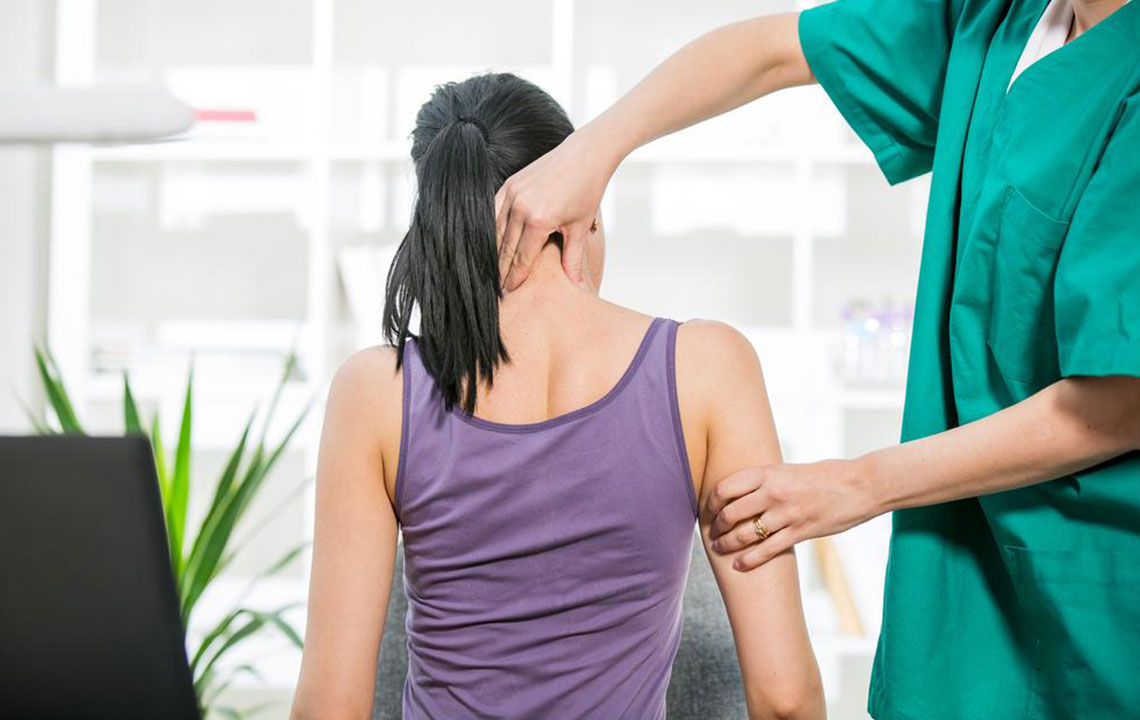All You Need to Know About Muscle Pain Relief

Muscle aches and myalgia, are widespread with almost everyone experiencing discomfort in their muscles after some amounts of exertion.
Exercising can cause stiffness and soreness that usually shows up a day or two later. Let’s find out the causes and muscle pain relief remedies that help overcome the soreness:
Causes behind sore muscles
It is quite common and natural to have sore muscles after an intense workout, after playing sports, and even after doing housework, especially if:
- Performing activities that the body is not habituated to. For instance, running a marathon when you normally walk for just a few miles.
- Increasing or kicking up exercise intensity level of workout.
- Doing unusual exercises that are for lengthening instead of body muscle, like walking downhill or extending arm during a bicep curl.
- Muscle tension in different areas of the body.
- Muscle injury while engaging in physically challenging work or exercise.
- Overusing the muscle during physical activity
- These changes in the exercise routine or pattern often cause tiny injuries in the muscle fibers and the connective tissue. And it’s about a day later that once starts feeling stiffness in the body. The pain usually reaches its peak in about 48 hours, and then gradually starts getting better. The good news is that when the same activity is done, again and again, your muscles start getting accustomed to the different movements.That is, there will be no soreness or little soreness as the body is strengthened.
Medical conditions that cause muscle pain
- Fibromyalgia
- Infections – Polio, flu, or bacterial infections
- Autoimmune Disorders – Dermatomyositis, Lupus, and Polymyositis
- Certain medications – Statins, Ace Inhibitors, or Cocaine
- Thyroid problems – Hypothyroidism or Hyperthyroidism
- Hypokalemia
Muscle pain relief at home
Home treatments are often found to be quite helpful when one is suffering from muscle pain. Following are some measures that can be taken to relieve muscle discomfort resulting from injuries and overuse:
- Resting the injured area of the body where aches and pain is experienced
- Taking over-the-counter pain relievers, such as ibuprofen, Advil, etc.
- Applying ice to the affected area. The cold pack helps relieve pain and is also beneficial when there is severe inflammation.
Other measures that are known to provide muscle pain relief are:
- Stretch muscles gradually
- Avoid high-intensity activities until after the muscle pain subsides
- Avoid heavy weight-lifting classes until the muscle pain is resolved
- Ample rest time to help the body heal.
- Undertake stress-relieving exercises and activities, such as yoga and meditation to relieve tension
Foods for muscle pain relief
Here is a list of top foods that help increase circulation improve hydration, and reduce inflammation thus reducing muscle pain and aches.
Foods with high magnesium content – Magnesium, known as the relaxation mineral, is a superfood that gives relief from sore muscles. Doctors advise to include food rich in magnesium such as green leafy vegetables, wild meats, seeds, and nuts.
Foods with high potassium content – Potassium is known to have a positive impact during muscle relaxation. Foods rich in potassium are melons, avocados, coconut water, melons, and tomatoes.
Foods with high calcium content – Calcium is known to promote muscle relaxation. Kale, collard greens, spinach, and unsweetened yogurt or kefir should be included in the daily diet plan to get that right dosage of calcium.
Electrolyte drinks – Beverages like watermelon juice or coconut water are a great substitute and also help replace any lost electrolytes.
Water – To keep the muscles hydrated, it is best to drink sufficient water throughout the day. Aim to have at least eight glasses daily and more if you perform strenuous physical activities.
Medications for muscle pain relief:
- Ibuprofen
- Naproxen
- Advil
- Tylenol
- Acetaminophen
- Paracetamol
- Diclofenac
- Voltaren
- Anaprox
- Tylenol arthritis pain
- Aleve
- Motrin
- Cataflam
- Naprosyn
- Ibu
- Naprelan
- Zipsor
- Advil liqui-gels
- Anaprox – DS
- Mapap
- Soma compound
- Q-pap
Essential oils for muscle pain relief
Massage using essential oils for muscle pain relief is the most effective natural remedy for fast relief. Mix cypress oil, peppermint oil, and coconut oil and rub the mixture on affected areas. See how that pain vanishes away.
Exercise and check with doctor
The best way to prevent sore muscles is by gradually increasing the intensity of your work out sessions. One should start off with lighter exercise and then gradually build up to see positive effects on one’s body. In case one is suffering from an unknown medical condition, get a routine checkup and only after doctors’ recommendation should one start a workout plan.
It is important for the joints to move to get nutrition. There are weight-bearing exercises that help strengthen the muscles and also supports the joint. If joint pain is severe, it is best to consult a physiotherapist who can teach how to exercise safely and how to maintain a good posture so that one doesn’t get injured.


